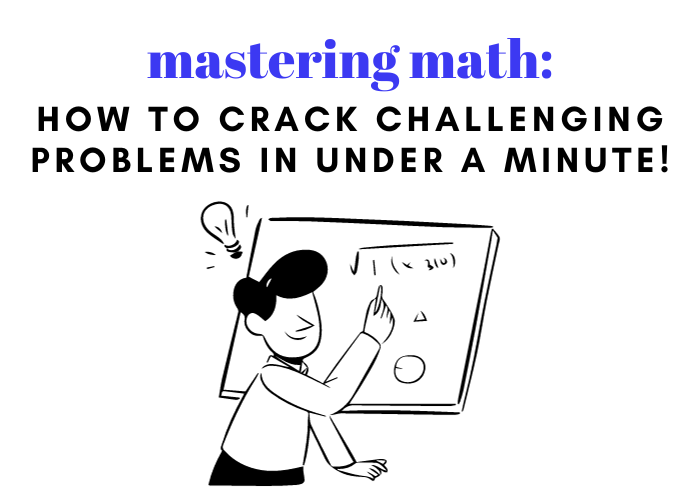

Last Updated on August 31, 2021
No parent wants to see their child struggle in school. Yet, kids learn at their own pace, some are stronger or weaker in certain subjects, and some may find new concepts difficult even though they were doing well with what they previously learned. Math is no exception! Here’s how you can understand if your child needs 5th grade math help.
Below are some signs that your child might be in need of 5th grade math help. Though math struggles can occur at any age, extra attention should be paid to students at this level—with algebra just around the corner, mastering the necessary concepts now will make life easier come middle school. If your child does need 5th grade math help, don’t hesitate to talk to his or her teacher, seek Web resources, or even turn to additional instruction, possibly including tablet-based online tutoring.
By fifth grade, students should be able to be given two two-digit numbers and add them together without needing pencil and paper. Even if they struggle to picture the traditional addition algorithm (one number above the other) in their minds, other strategies should be at their disposal to come to an answer (for example, 57+34 is the same as 50+30 added to 7+4, to get 91). If the slightly more advanced addition is still confusing, you should consider seeking fifth-grade math help.
If a student hasn’t conquered one-digit multiplication in third grade, fourth is usually the time to master. If he’s still struggling come fifth grade, he should get some more focused help. Multiplying two-, three-, and four-digit numbers—and beyond—will become much easier once the basic multiplication tables are mastered.
Division struggles aren’t unusual—after all, many adults still can’t wrap their heads around it. Despite being a complementary operation to multiplication, division can be tricky, possibly because you start from a big number and compute your way to a smaller number (instead of the other way around). But students will need it for algebra and to better understand decimals and percentages, so if your child is confused, look for some extra 5th grade math help.
Consider this example: An odd number plus an odd number will always equal an even number. Yet, when your child is trying to figure out 49+51, he gives you an incorrect, odd answer of 99. Some math patterns are taught, and some kids arrive at it on their own. If your child struggles to recognize and apply such patterns, then that could be a sign he’s struggling with math.
Plenty of kids complain about homework—a reality that hasn’t changed for generations. But if your child is particularly resistant, it could be something deeper than her just wishing she could be watching TV instead. Kids struggling with math will naturally be less likely to tackle their homework because it stresses them out. By fifth grade, most students know what is expected of them in terms of homework, so if your child is vehement about avoiding math at home, take the time to find out why.
How have you discovered that your child was struggling with math? Tell us in the comments below.



